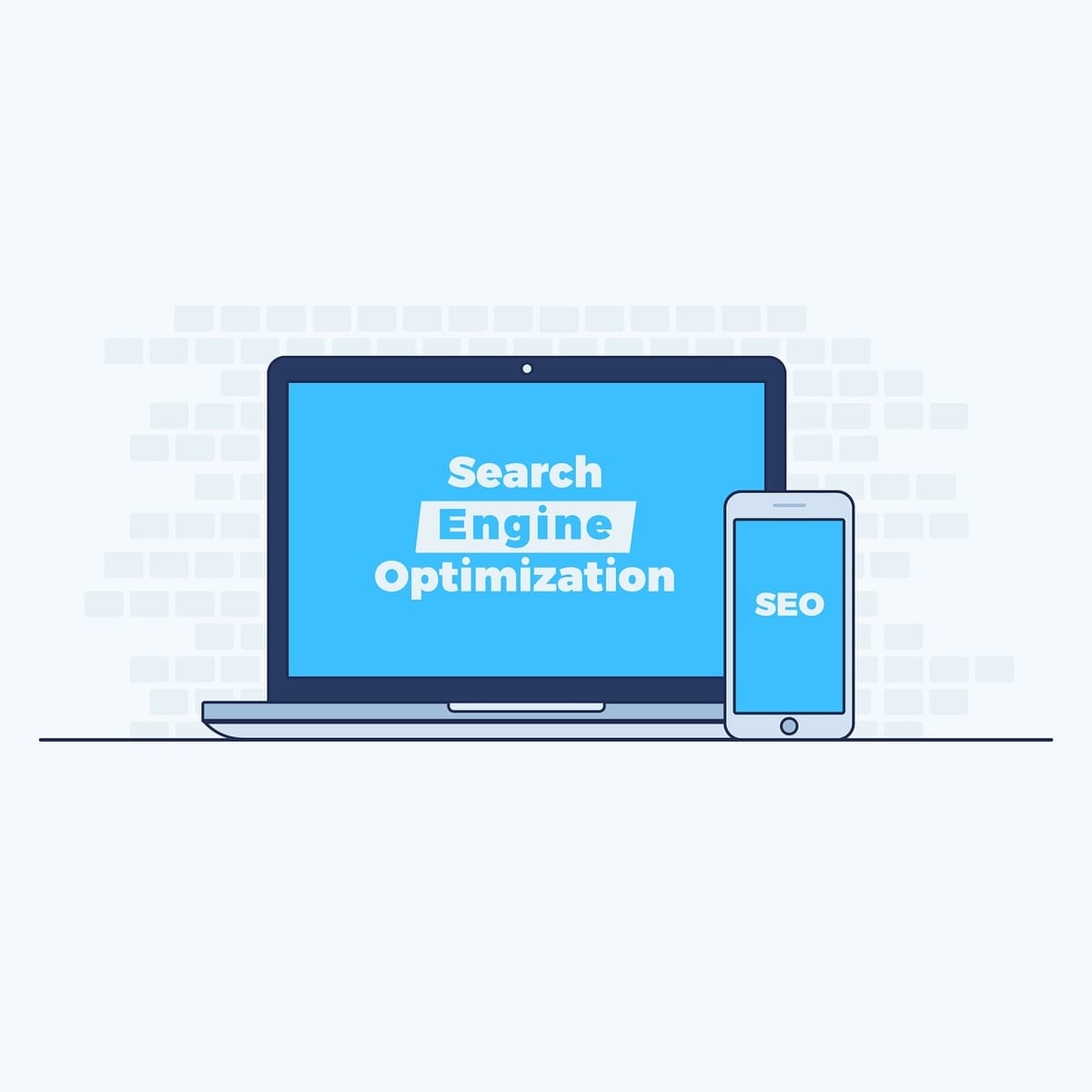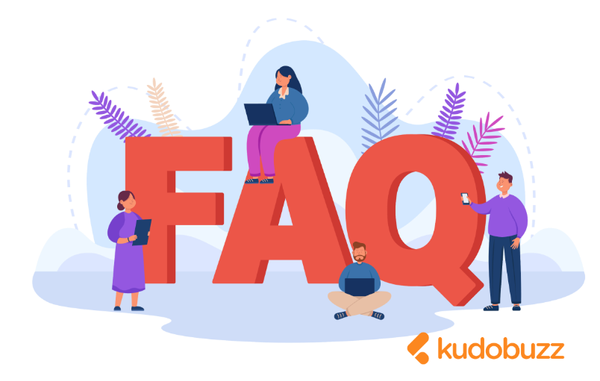E-commerce Search engine optimization (SEO) is the best source of website traffic and the most decisive factor for revenue generation. However, unlike other avenues, eCommerce search engine optimization has some grey areas – for a start, no one knows, for sure, how search engines’ algorithms work. Furthermore, eCommerce marketing services also face the challenge of making proposals to business managers, on the projections in the ROI and revenue projection.
When trying to close deals with prospective clients, one way is to use social proof, historical data, or other such records to convince them of your results and hope to get their positive response. However, when you talk numbers and make projections in their actual revenue growth, they have to take you more seriously. Business people want to hear how much revenue they stand to generate, instead of how you would increase their organic sessions, no matter the value of such metrics.
To most managers and employers, Cost per click (CPC), Click-through rate (CTR), and other SEO-related terms are mere jargon. More so, these decision-makers, however, know that not all traffic is of the same value; so projections in ROI, using such metrics are as convincing as those that directly translate their investment to revenue.
ROI Estimation Without Numbers
Before getting to the ROI of eCommerce search engine optimization, you must calculate the opportunity for ranking in a specific keyword. Using tools like the Google Keyword Planner or SEMRush, you can discover valuable keywords to target, based on search volume, competition, and what your competitors are doing (SimilarWeb and BuzzSumo are excellent). This, of course, should be done after reviewing the present and historical performance of the website.
In this extensive process, several tools and calculations are employed to deliver to clients estimated ROIs that are most times accurate. However, without including figures, we can’t even call this ROI yet.
Most clients you speak to like to talk about money. The next method I will explain below shows a better way, in my opinion, of presenting data using accurate projections based on your current and past results.
ROI Estimation With Figures
eCommerce digital agencies invest heavily in advertising, and that is not changing any time soon. These funds are pumped into this avenue because before committing, managers have a clear picture of how much money their investment will yield in a specific period.
The method I’m about to introduce to you is not a prophetic technique but a mere statistical application that helps put your work quality into perspective for prospective clients. This way, the traffic numbers have a better understanding as to what traffic means to their growth.
For eCommerce search engine optimization, the most crucial factors are the revenue generated from organic search engine traffic, as well as the revenue got for every user session. We’ll use random figures to illustrate this method.
Below are the numbers of our example eCommerce digital agency, FakeShop, Inc.:

These types of numbers would likely be readily available from the eCommerce store. Using them, you can make an informed prediction on how much they would make monthly with a fewer or greater number of sessions from search engine traffic.

We picked ten to thirty percent increases in our example, but you could go even further. Without using proper amounts as we have done above, an eCommerce marketing service agency would make statements like ‘by investing $X, we expect a 30% increase in the average number of website sessions from organic traffic.’
However, using this technique helps link the various eCommerce search engine optimization metrics to actual revenue, which is what resonates most with decision-makers of the eCommerce digital agency and gets your proposals approved faster.
Including tables such as the above in your ROI estimations means that if you make the same statement (‘by investing $X, we expect a 30% increase in the average number of website sessions from organic traffic’), anyone can know that 30% increase means their revenue will increase by $600,000.
E-commerce marketing services should not follow this method religiously because of the dynamic nature of eCommerce search engine optimization. Keyword relevance change over periods, Google’s algorithm changes, and other unexpected issues mean that your sessions may not convert today as they did a month ago.
However, business revenue generation is a numbers game, and you won’t want to contest in this battle of numbers without being armed. Implement a good SEO checklist for your business today and track how it impacts on your bottom line.
Author
Tigran is a marketing and creative content specialist at Smarketa.com with a primary focus on SEO, PPC and customer satisfaction for eCommerce business. Being a true humanist she draws inspiration from the simple thing as everyday life and the matters one comes across on a daily basis doing her best and above all to help everyone around.









